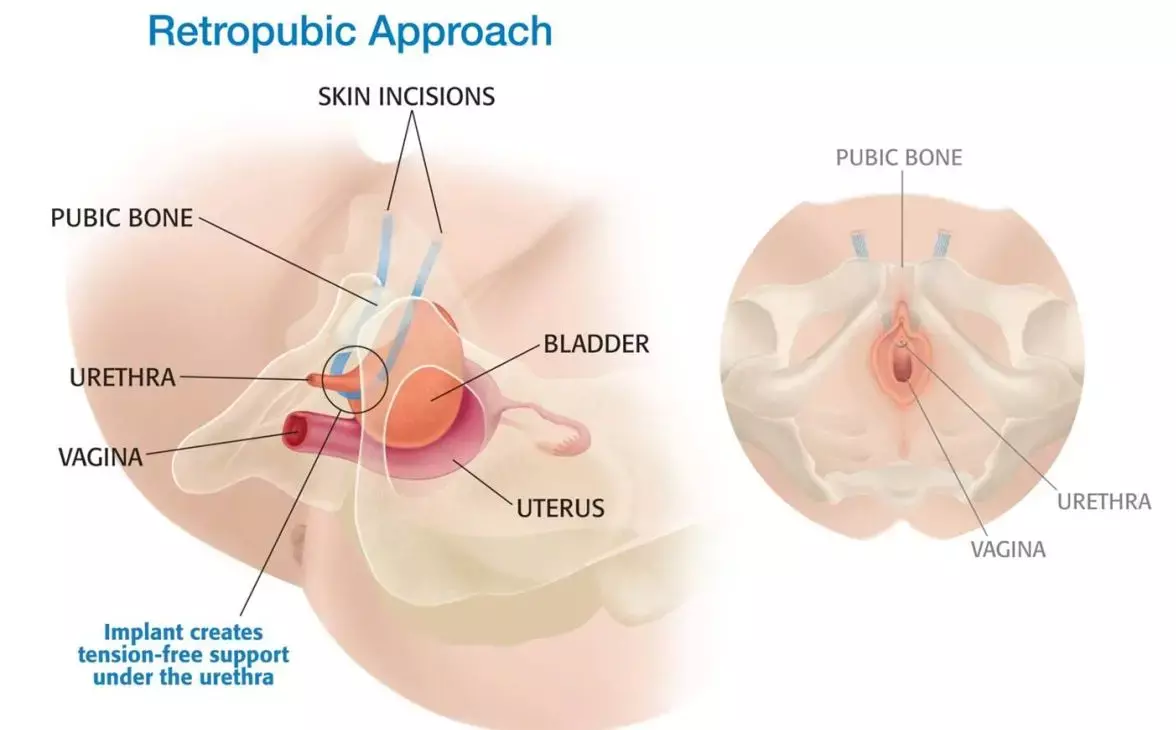- Home
- Medical news & Guidelines
- Anesthesiology
- Cardiology and CTVS
- Critical Care
- Dentistry
- Dermatology
- Diabetes and Endocrinology
- ENT
- Gastroenterology
- Medicine
- Nephrology
- Neurology
- Obstretics-Gynaecology
- Oncology
- Ophthalmology
- Orthopaedics
- Pediatrics-Neonatology
- Psychiatry
- Pulmonology
- Radiology
- Surgery
- Urology
- Laboratory Medicine
- Diet
- Nursing
- Paramedical
- Physiotherapy
- Health news
- Fact Check
- Bone Health Fact Check
- Brain Health Fact Check
- Cancer Related Fact Check
- Child Care Fact Check
- Dental and oral health fact check
- Diabetes and metabolic health fact check
- Diet and Nutrition Fact Check
- Eye and ENT Care Fact Check
- Fitness fact check
- Gut health fact check
- Heart health fact check
- Kidney health fact check
- Medical education fact check
- Men's health fact check
- Respiratory fact check
- Skin and hair care fact check
- Vaccine and Immunization fact check
- Women's health fact check
- AYUSH
- State News
- Andaman and Nicobar Islands
- Andhra Pradesh
- Arunachal Pradesh
- Assam
- Bihar
- Chandigarh
- Chattisgarh
- Dadra and Nagar Haveli
- Daman and Diu
- Delhi
- Goa
- Gujarat
- Haryana
- Himachal Pradesh
- Jammu & Kashmir
- Jharkhand
- Karnataka
- Kerala
- Ladakh
- Lakshadweep
- Madhya Pradesh
- Maharashtra
- Manipur
- Meghalaya
- Mizoram
- Nagaland
- Odisha
- Puducherry
- Punjab
- Rajasthan
- Sikkim
- Tamil Nadu
- Telangana
- Tripura
- Uttar Pradesh
- Uttrakhand
- West Bengal
- Medical Education
- Industry
Synthetic slings show better operative outcomes and fewer complications among females undergoing suburethral sling surgery: Study

This study aimed to systematically review objective and subjective success and surgical outcomes of suburethral sling surgery for female patients with stress or mixed urinary incontinence using synthetic vs nonsynthetic material with corresponding surgical approaches (retropubic or transobturator).
They systematically searched Medline, Embase, EBM Reviews, ClinicalTrials.gov, and Web of Science Core Collection using standardized Medical Subject Headings (MeSH) without date restrictions (PROSPERO-registered). They double-screened studies and used backward citation chaining. They included peer-reviewed randomized controlled trials and prospective or retrospective comparative studies examining outcomes of retropubic or transobturator synthetic vs nonsynthetic (autologous, allograft, or xenograft) slings for female stress or mixed urinary incontinence, with available English or French full texts. We excluded minislings (single insertion point). We allowed slings for recurrent stress or mixed urinary incontinence, and slings concomitant with prolapse surgery, with at least 6 weeks of postoperative follow-up. They excluded systematic reviews, meta-analyses, review studies, case-control studies, case reports, studies that did not describe surgical approach or material, and studies of combination slings. They evaluated study quality using RoB, the Cochrane risk-of-bias tool for randomized controlled trials, and the Newcastle-Ottawa scale for observational studies. They used pooled relative risk with 95% confidence intervals to estimate the effect of sling material type on each outcome through meta-analysis and meta-regression, as appropriate. Results: They screened 4341 abstracts, assessed 104 full texts, and retained 35 articles (30 separate studies). For retropubic synthetic vs nonsynthetic slings, there was no difference in the number of objectively or subjectively continent patients.
The rates of reoperation for stress urinary incontinence and overall were higher with nonautologous retropubic slings than with synthetic slings. Compared with autologous slings, retropubic synthetic slings were associated with higher subjective continence in populations with ≥25% recurrent stress urinary incontinence (relative risk, 1.27; 95% confidence interval, 1.12–1.43). There were no differences in continence between transobturator synthetic and nonsynthetic slings. Subjective satisfaction was better in the transobturator synthetic group than in the autologous sling group (relative risk, 1.42; 95% confidence interval, 1.03–1.94). Synthetic and nonsynthetic slings have comparable objective and subjective success, with synthetic materials generally showing better operative outcomes and fewer complications.
Reference:
Maryse Larouche, Mei Mu Zi Zheng, Emily C. Yang, Rea Konci, Eric Belzile, Prubjot Kaur Gill, Roxana Geoffrion. Synthetic vs nonsynthetic slings for female stress and mixed urinary incontinence: a systematic review and meta-analysis. American Journal of Obstetrics and Gynecology. Volume 231, Issue 2, 2024. Pages 166-186.e8. ISSN 0002-9378. https://doi.org/10.1016/j.ajog.2024.02.306.
(https://www.sciencedirect.com/science/article/pii/S0002937824004204)
Dr. Shravani Dali has completed her BDS from Pravara institute of medical sciences, loni. Following which she extensively worked in the healthcare sector for 2+ years. She has been actively involved in writing blogs in field of health and wellness. Currently she is pursuing her Masters of public health-health administration from Tata institute of social sciences. She can be contacted at editorial@medicaldialogues.in.
Dr Kamal Kant Kohli-MBBS, DTCD- a chest specialist with more than 30 years of practice and a flair for writing clinical articles, Dr Kamal Kant Kohli joined Medical Dialogues as a Chief Editor of Medical News. Besides writing articles, as an editor, he proofreads and verifies all the medical content published on Medical Dialogues including those coming from journals, studies,medical conferences,guidelines etc. Email: drkohli@medicaldialogues.in. Contact no. 011-43720751


